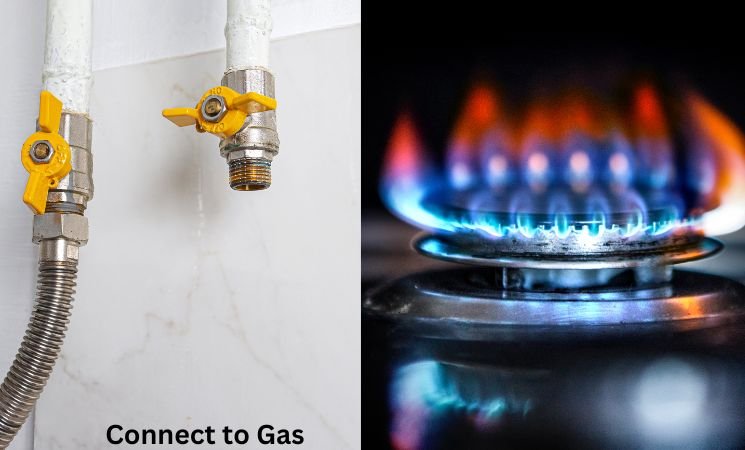Wondering how to make the fuel switch without delays? Concerned about how long the process will take? Ensuring a smooth transition requires proper planning and coordination. From choosing the right provider to scheduling the installation at a convenient time, every step plays a role in minimizing disruptions. Taking proactive measures can help avoid common challenges, ensuring a hassle-free connection process. Here’s how to keep everything running efficiently while making the switch.
Understanding the Process
Before proceeding with a gas connection, it’s crucial to understand the entire process to connect to gas effectively. The steps involved typically include obtaining necessary approvals, scheduling inspections, and coordinating the installation. Each stage comes with its own set of regulations and requirements that must be adhered to.
Having a clear understanding of these steps helps manage expectations and avoid unexpected delays. Being informed about the timeline and necessary actions ensures the process runs smoothly, enabling a quicker and more efficient connection to gas services without any surprises.
Choosing the Right Provider
Not all service providers offer the same level of quality, so it is important to conduct thorough research before making a decision. Evaluating factors such as response time, installation support, and maintenance services can help make an informed choice. Comparing different options helps ensure you choose one that aligns with both your budget and specific needs.
Reading reviews from previous customers and consulting with industry experts can provide valuable insight into each provider’s reliability and customer service. Opting for a highly rated provider can significantly reduce potential issues, ensuring a smoother process from start to finish. Choosing wisely can save time, money, and stress in the long run.
Scheduling at a Convenient Time
Planning the installation ensures a smooth and efficient process without disruptions. Here are some key considerations when scheduling an installation:
- Choosing the Right Timeframe
Planning the installation around a convenient time helps minimize disruptions to daily activities. It is important to select a period when you can be available or when the space can be dedicated to the work being done. - Booking in Advance
Securing a preferred date by booking early ensures that you get the time slot you need. Advance booking allows more flexibility in scheduling and reduces the chance of waiting. - Flexible Scheduling Options
Some providers offer flexible scheduling to accommodate both work and home life. This ensures that the installation can be done at a time that suits you best, reducing inconvenience and stress.
Preparing the Property
Ensuring the site is properly prepared can significantly speed up the gas installation process. Clearing access points and ensuring that all necessary permits and approvals are in place prevents unnecessary delays. It’s also important to discuss any specific requirements or preferences with the installer beforehand to avoid any last-minute issues.
This proactive approach not only streamlines the installation but also reduces the likelihood of costly revisions or delays. A well-prepared space allows the installation team to work efficiently and effectively, resulting in a smoother process and minimizing any interruptions to your daily routine. Proper preparation makes all the difference.
Understanding Safety Requirements
Safety checks are essential to the natural gas installation process to ensure everything functions safely and effectively. Installers will thoroughly inspect all connections to make sure they meet local regulations and industry standards before activating the system.
Being aware of safety guidelines helps minimize potential risks, such as gas leaks, protecting both your property and your well-being. A properly checked and maintained system not only ensures safety but also guarantees long-term reliability, reducing the chances of costly repairs or failures in the future. Prioritizing safety is key to a successful installation.
Minimizing Service Interruptions
Coordinating with installers is essential to minimize disruptions during the transition. Many service providers offer temporary solutions, such as portable heaters or cooking equipment, to keep daily routines uninterrupted. By planning ahead and understanding the installation timeline, you can ensure that cooking and heating needs are met without major delays.
Having alternative options in place ensures that normal activities continue smoothly, avoiding any significant inconvenience. This proactive approach helps households and businesses maintain comfort and functionality during the transition. Proper preparation and communication with installers ensure the process is seamless and efficient, with minimal impact on your daily life.
Making the switch to natural gas doesn’t have to be disruptive. Understanding the process and choosing the right provider ensures a seamless experience. A little preparation goes a long way in keeping everything on track. With the right approach, it is easy to connect to gas without unnecessary delays. Proper communication with installers and timely coordination further help to avoid surprises, making the entire transition smooth and efficient.












